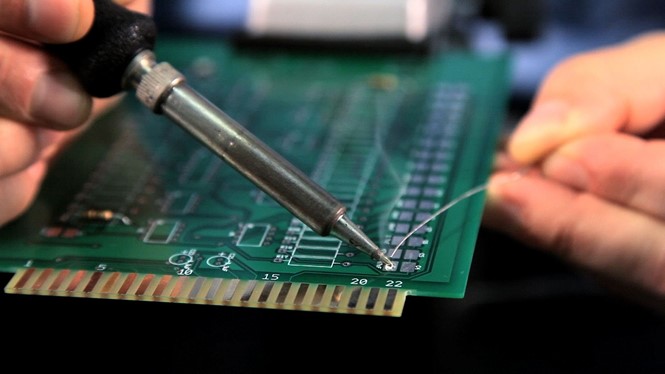M&A branding

In terms of mergers and acquisitions, 2015 was a huge year, and, with the HIS and Markit merger and Shell’s £40bn acquisition of BG Group, 2016 looks likely to follow suit.
However, no matter the size of the businesses involved, or the amount of money invested, no corporation is immune to M&A failure.
Kirsten Foster, executive director of strategy at Landor – who worked on Bayer Group’s Covestro spin-off (the biggest IPO in Germany since 2000) – argues that brand is absolutely essential to the successful completion of a corporate restructure. She says, “There used to be an understanding that brand could help with a merger or acquisition. That has fundamentally changed, brand is essential to M&A success.”
The reason behind this, according to Foster, is the audience. She says that, during a regular rebrand or brand development project, the focus is on the customer, whoever that be. But when the branding exercise is within the context of a merger or acquisition, the main audience is the employees.
“If you look at why mergers, acquisitions, spin-offs, or any kind of corporate restructure, fail, it’s because of corporate culture. Brand has an essential part to play, it is the guiding light internally, it has to be a reflection of the vision.” Foster says.
If the new proposition is strong enough, it should excite and unite staff. There is always going to be uncertainty in a merger or acquisition environment, but the brand provides the employees with clarity. Foster says, “If you have a strong brand that is vivid and inspiring, and stronger than what you are taking away, there is potentially not that much engagement work that has to be done.”
An M&A brand should also be future-facing; where a traditional rebrand may be more inclined to draw upon its heritage, an M&A rebrand is a complete departure from that. If the proposition is strong enough, employees will unite around that vision.












